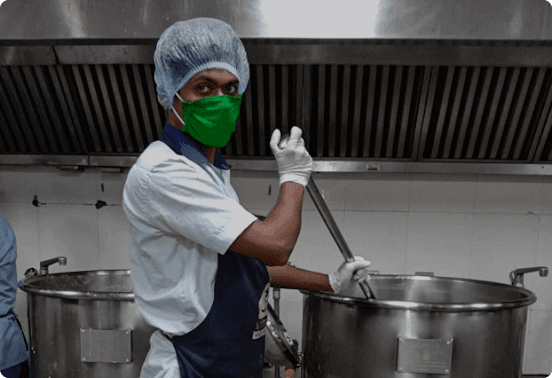Food security programs of India
Food security has always been a major concern for India and the government launched various programs to eradicate hunger. Many charitable organizations and NGOs are also playing a key role to address this issue. I was also part of an NGO team working toward this cause and I have witnessed poor conditions in backward areas. To achieve food security, all people should have physical and economic access to safe and nutritious food. Currently, the government has implemented various programs to address these issues, and let’s see some of them.
1. Public Distribution System (PDS) –
The government is providing subsidized food materials to the people through PDS
systems in the country. During the pandemic, the government distributed covid
19 food relief packages through these PDS shops. Families belonging to those
below the poverty line receive additional food materials from these shops. A
major chunk of government expenditure on food securities is spending on food
subsidies provided through these targeted public distribution systems.
2. Mid-day meal scheme – School meal program launched to address malnutrition issues in children by
providing free meals to all primary school students. The programs have been
successfully implemented with the help of different NGOs and other
organizations. It has also helped to improve literacy in our country.
Currently, various states have expanded the program with schemes like tithi
bhojan and free breakfast.
3. Integrated child development
services scheme – The program is an initiative of women and child development
that aims to strengthen women and child protection by enhancing capacities at
all levels. The objectives include educating the public and raising awareness
of child protection schemes and services. Under this scheme women and infants
receive various benefits like medicines and nutritious food through
anganavadis.
4. Minimum support price – The
government ensures a minimum price to farmers for their products, and it helps
them to avoid loss. The program aims to promote agriculture and to produce
enough food required for our country. The program also intends to provide
financial security to farmers with an assurance of minimum price for their
crops.
5. Maintenance of buffer stock - To ensure the availability of food
materials even during natural calamities or other emergency situations the
government maintains a buffer stock in various warehouses. It is also used to
control inflation so that food materials are always available to common people
at a reasonable price.

Comments
Post a Comment